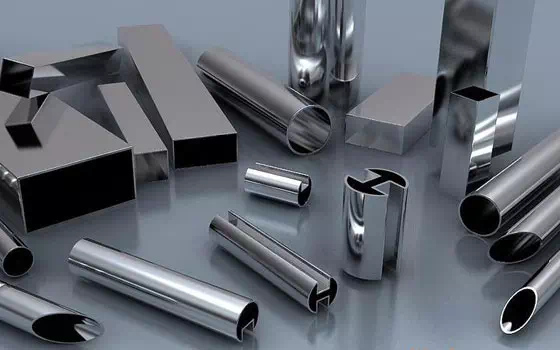Welcome to Shandong Zhishang Steel Co., Ltd.
Get a free quote quickly!
Lorem ipsum dolor sit amet, consectetur adipiscing elit. Donec id erat sagittis, faucibus metus malesuada, eleifend turpis. Mauris semper augue id nisl aliquet, a porta lectus mattis. Nulla at tortor augue. In eget enim diam. Donec gravida tortor sem, ac fermentum nibh rutrum sit amet. Nulla convallis mauris vitae congue consequat. Donec interdum nunc purus, vitae vulputate arcu fringilla quis. Vivamus iaculis euismod dui.
There may be many factors for the cause of porosity in stainless steel pipes. The following are some of the main reasons that may cause pores in stainless steel pipes:
Material issues: The use of low-quality stainless steel materials or materials that do not meet specifications can lead to the formation of pores. These materials may have defects, such as inclusions, bubbles or other unevenly distributed substances, which may lead to the formation of pores during processing.
Improper welding process: In the welding process, if the welding parameters are set incorrectly or improperly operated, such as too much current, too high voltage, too fast welding speed, etc., it may lead to overheating of the weld, resulting in porosity. In addition, the quality of the welding wire or protective gas may also have an impact on the formation of pores.

Improper heat treatment: In the heat treatment process, if the temperature is not properly controlled or the holding time is insufficient, it may lead to the internal organization of the stainless steel pipe is unstable and the porosity is generated. In addition, excessive cooling may also lead to the formation of pores.
Mechanical damage: During transportation, handling or installation, stainless steel pipes may be squeezed or hit by external forces, resulting in cracks or pores on the surface or inside. These mechanical injuries are usually related to the strength and toughness of the material.
Corrosion and contamination: Stainless steel pipes may come into contact with corrosive media or contaminants during use, which may erode the oxide layer on the surface of stainless steel, leading to the formation of pores. In addition, the cleanliness of the stainless steel surface will also have an impact on the generation of pores.
In summary, the reasons for the porosity of stainless steel pipes may be many, including material problems, welding process problems, heat treatment problems, mechanical damage, corrosion and pollution and other factors. To effectively avoid these problems, strict control and management are needed from the aspects of material selection, welding process, heat treatment, packaging and transportation.